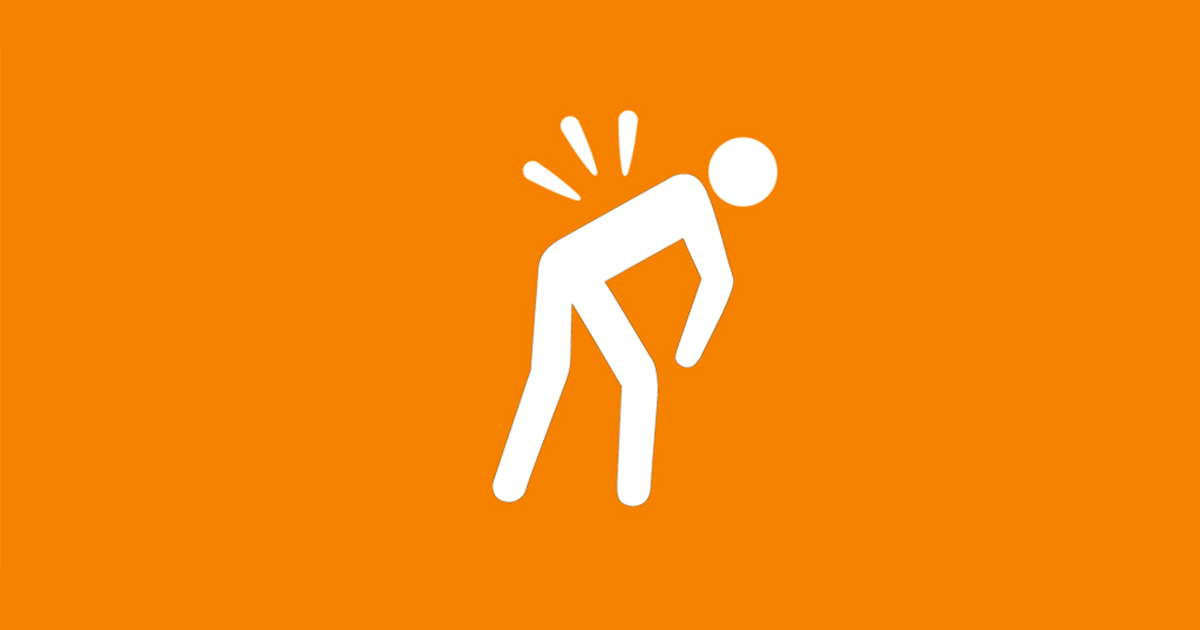
Hours spent each day leaning over patients can take an excessive toll on a dentist’s back. You can reduce your risk of back injury substantially by following a few simple preventative measures:
- Maintain your posture
Assume a neutral position, and have your feet uncrossed and flat on the floor. Position patients so that you are comfortable by making use of the adjustments available on your—and your patient’s—chair.
Your knees, hips and elbows should be positioned at a 90-degree angle, with your elbows remaining as close to your sides as possible, and your neck flexed as little as possible.
- Avoid awkward movements
Position changes while standing or sitting are most safely performed by moving the feet, keeping the shoulders in line with the hips and squaring up to the “target.” Do not reach for items that are more than 15 inches away from your body—especially repetitively.
- Frequently change your body position
The chances of strain or spasm in your back muscles can be reduced by periodically giving them a rest. Whenever possible, try to break up prolonged periods of sitting or standing by rotating work tasks or by taking micro breaks.
- Strengthen your muscles
Include back strengthening in your exercise regimen; you can consult your doctor or look online for exercises you can do at home.
- Create an ergonomic workplace
Use quality, adjustable chairs with ample lumbar support.
Back injury is just one unforeseeable event that can lead to disability. There are many circumstances that can stop you from practising for a few weeks, several months... or possibly much longer. CDSPI has the ideal plan to help ease those concerns.